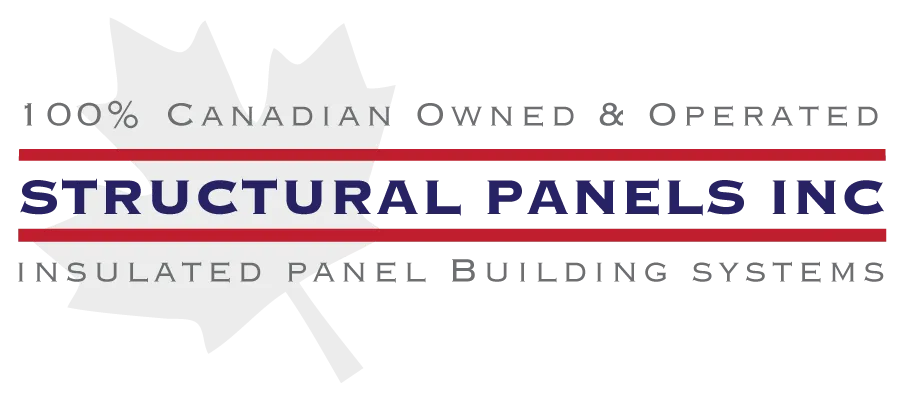Cleanrooms provide a safe and controlled environment for laboratories and other workplaces that require clean areas for employees who are handling certain substances or materials. These areas are also designed to protect delicate equipment from damage. When it comes to building a cleanroom, there are standards that should be applied in order to ensure an environment that is as clean as possible. Learn more about cleanroom construction standards and other elements of cleanroom design.
Clean Room Construction Standards
The International Organization for Standardization (ISO) sets certain cleanroom construction standards for building and maintaining these areas. These standards, which fall under ISO 14644, cover several aspects of cleanroom design, such as air cleanliness, airborne molecular contamination, and surface particle cleanliness. Keep in mind that ISO standards for air cleanliness are based on different factors, such as the size of the particles in a cleanroom and the number that are present. Isowall insulated panels are designed to help cleanrooms meet these requirements.
Choosing Hardwall Panels for Cleanrooms
Designing and building a cleanroom should involve the use of hardwall cleanroom panels and other components that contribute to a clean and controlled area. Wall panels for cleanrooms should be chosen based on specific factors, such as load considerations and panel sizes. Isowall insulated panels, for example, are available in custom sizes to help ensure proper cleanroom pressure, which is an important part of maintaining a clean environment. Builders or building owners should choose hard wall panels that also meet CFIA acceptance for cleanrooms as needed.
Design Elements for Cleanrooms
Cleanroom design involves the use of certain elements and components to maintain high standards of air and surface cleanliness. Some of these elements and components include the following.
Wall Materials: Cleanroom wall materials should provide surfaces that are resistant to mold and mildew growth while also offering thermal insulation.
Lighting: Cleanroom lights should provide adequate lighting while also having a design that makes them easy to clean on a regular basis in order to reduce the presence of contaminants.
Air Filters: Cleanrooms should have HEPA filters to help remove contaminants and other harmful particles from the air.
Cabinets: Cleanrooms should have cabinets with a pass-thru design so that workers can easily move items from one area to another while maintaining a clean environment.
Ceilings: Cleanroom ceilings should have a T-grid system for lighting and other components, as well as a durable and sturdy support structure and panels that have sealed edges. These sealed edges help prevent contaminants from entering the air inside cleanrooms.
Structural Panels Inc. offers high-quality Isowall insulated panels that meet cleanroom construction standards and provide important benefits for maintaining a clean environment. Please contact us to get more information on our products, including technical specifications.

